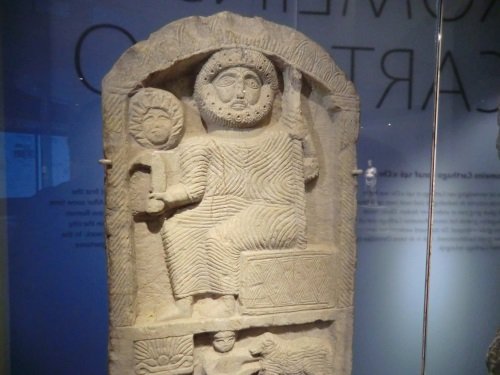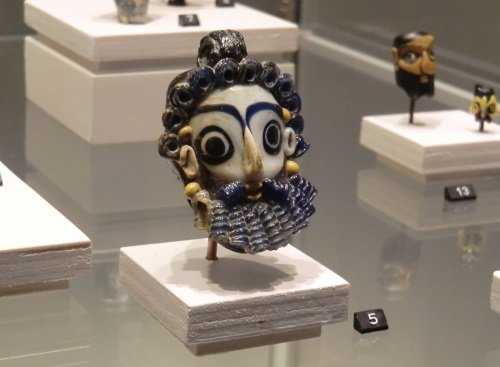First published: Sun 08 Mar 2015.
Els Slots
Carthage
Comments
1 comment
Ian Cade
10 years, 9 months ago (Mar 10, 2015)
That was really interesting to read, thanks Els.
Carthage has a slightly special place for me, as it was the firs major classical archaeological site I visited. Yep the built aspects of the Punic era aren't especially prevalent, however the port structures were really noticable, though they don't make especially interesting photos but are very clear on satellite maps.
Did they cover much about the Tophet in Carthage, I have always wondered how much of it is true in relation to child sacrifice and how much was Roman 'propaganda' against its enemy. It is still a regular trope that your enemies kill babies, is this just the case but entrenched over 2,000 years?
Kerkuane was perhaps the biggest surprise of Tunisia, it was a really rewarding place to visit. Especially as it was at the end of a trip where we saw lots of Roman cities built over Punic remains, it was nice to finally get a sense of what they would have been like prior to Roman intervention.
Tunisia was a lovely place to visit, and there is a real dense cluster of pretty high calibre sites. I would be interested to go back and see them post revolution to see how or even if things have changed. It was the first time I really came up against a real sense of limits on freedom of expression when talking to people on the street. I wonder if that has changed, and if so how much these changes are for the better.
Reply



